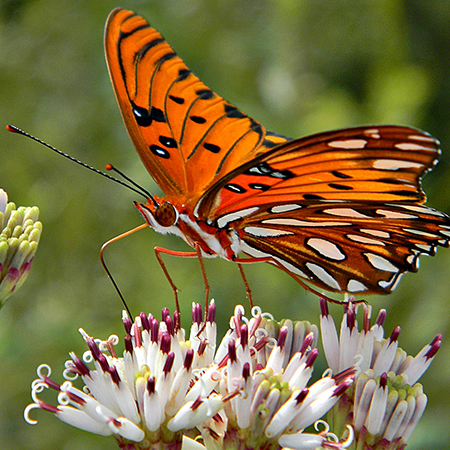Gardeners throughout the southern region of the US love to plant Zone 9 wildflowers. These native wildflowers are heat-tolerant and hearty because they’ve adapted to the climate, soil, and patterns of irrigation. There are benefits to choosing Zone 9 wildflowers, besides the fact that they provide low-maintenance landscaping. Very little is required in the way of fertilizing, watering, insect control, and disease control.
Native Zone 9 wildflowers are ideal for charming cottage gardens because of the many different colors, heights, and shapes they come in. Other types of flowers need to be deadheaded, which means removing dead or faded flowers from plants, but not wildflowers. They are practically maintenance-free. Year after year, many reseed themselves, keeping gardens naturally replenished and refreshed. What they do have in common with all plants is that they benefit from occasional fertilization with a balanced type of plant food.
 Planting Zone 9 wildflowers provides some important benefits to agricultural producers, as well, by:
Planting Zone 9 wildflowers provides some important benefits to agricultural producers, as well, by:
If one of your goals in planting wildflowers is to restore, enhance, or protect habitats for pollinators, it’s best to plant a garden that provides a year-around source of nectar and pollen. Choose a mix of flowering native wildflowers that ensures blooms throughout the year. This will involve planting various species in different seasons, including late summer, fall, winter, and spring. In addition, choose varying plant heights and flowers of different colors, shapes, and sizes, to attract a more diverse range of pollinators.
The many wildflowers you can choose from for your garden include mostly annuals and perennials but also some biennials. Annual plants have a one-year life cycle, and they need to be replanted every spring. Perennial plants regrow every spring. Biennial plants are flowering plants that complete their life cycle over the course of two years.
Among the plethora of wildflower seeds you can choose from for your Zone 9 garden, both of the following perennials are very unique:
Primary keys to establishing a successful Zone 9 wildflower habitat for pollinators are: Selecting the location for the garden that offers full sun and weed eradication accomplished in the pre-planting stage. Growing Zone 9 wildflowers is satisfying for the beauty and wildlife habitat the flowers provide and the contribution made to water conservation in landscaping.